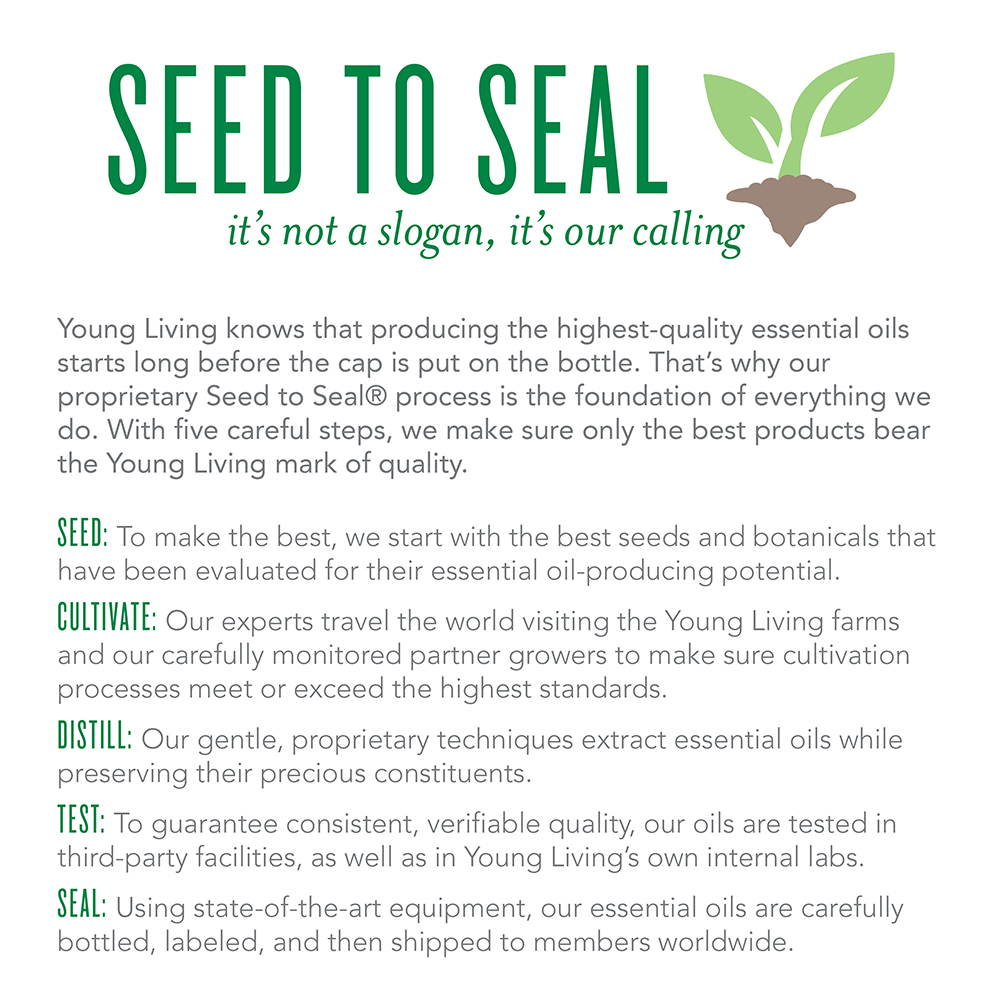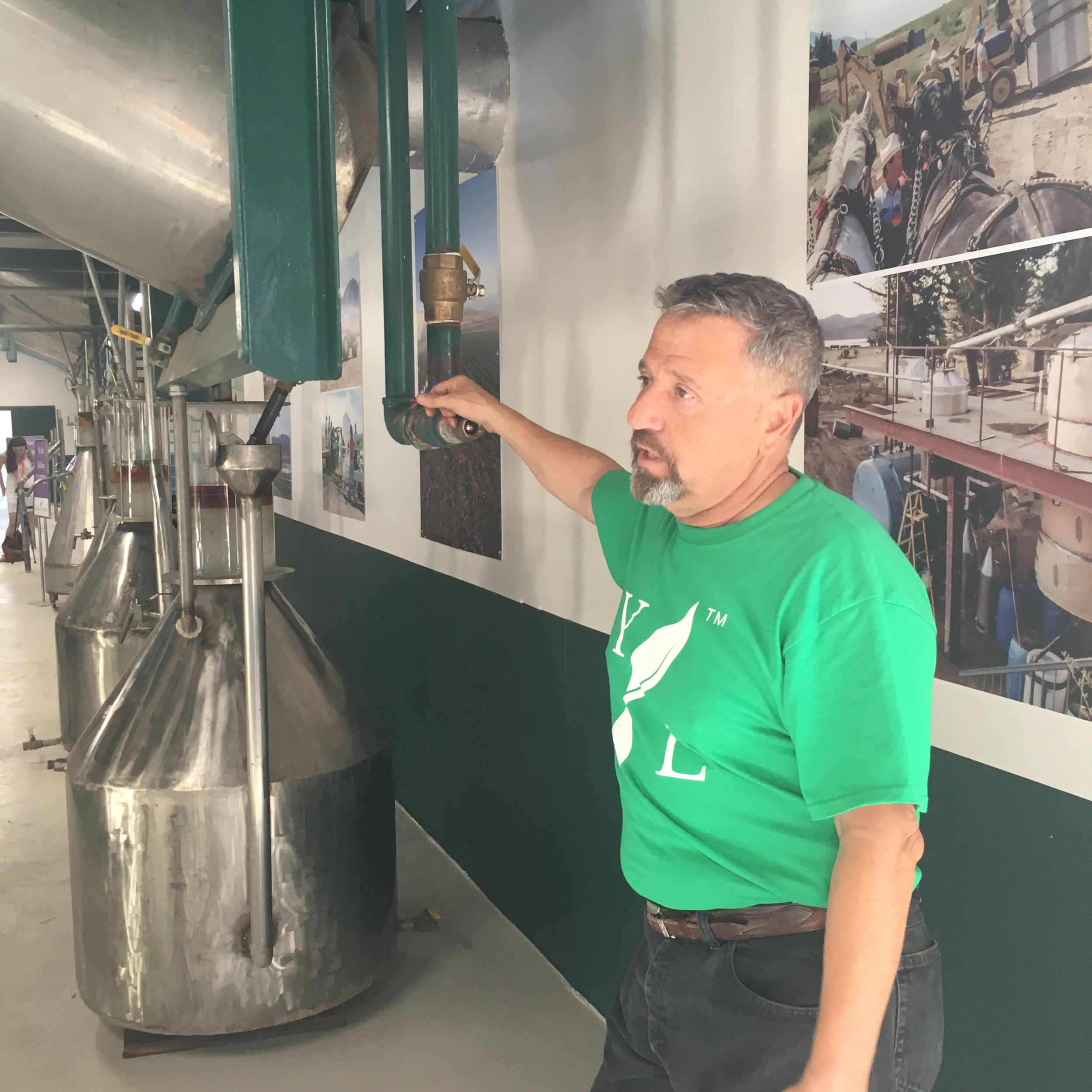Chakras are a part of Indian yogic tradition. The human body has seven major energy centers called chakras. Each center moves at its own frequency, or vibration. Chakras are a central part of a hatha yoga practice. Hatha yoga poses evolved as a way to balance and open these energy centers. Hatha yoga is primarily associated with the practice of asana (yoga poses). Practicing various yoga poses is the way a person balances their chakras, or energy centers.
The first chakra is muladhara and can be found at the root of the body at the base of the spine. It is associated with the color red and its element is earth. It acts as our connection to the earth and fundamental needs of survival. When this chakra is balanced there is a sense of grounding and safety. When unbalanced there may be feelings of instability and if ignored may manifest into neglecting our physical needs. Energy can also become overstimulated and if this happens we may become too attached to things such as material wealth and possessions. Physical imbalances in this chakra may include cancer, colon/bladder problems, reproductive issues, fluid retention, sciatica and yeast infections. Psychological imbalances may include: dependent personality, accident prone, weak ego structure, identity issues and operating in survival mode.
The second chakra is Svadhisthana and its location is the lower abdomen. Its element is water and its color is orange. When in balance a person experiences healthy sexuality and creativity. An unbalance may cause anemia, PMS, lower back pain, allergies, diarrhea, kidney/pancreas problems, diabetes and hypoglycemia. Psychological imbalances may include depression, hysteria, an inability to be sexually intimate and a chameleon personality.
The third chakra is manipura and located in the solar plexus. Its color is yellow and its element is fire. Issues include self esteem and social roles. A balanced manipura chakra contributes to healthy social aspects in life. Physical imbalances may include cancer, premature aging, obesity, MS, digestive disorders, adrenal issues and coordination challenges. Psychological imbalances may include sleep disorders, bipolar disorder, obsessive behavior, addictive personality disorder, compulsive behavior and excessive anger or fear.
The fourth chakra is anahata and its location is the heart. Its element is air and its color is green. Issues in an unbalanced anahata chakra may include pessimism and depression. A balanced chakra brings feelings of unconditional love. Areas of the body affected are heart, lungs, shoulders and arms. Health problems may include heart, respiratory, auto immune disorders, circulatory problems, high blood pressure and upper back issues. Psychological imbalances may include an inability to bond with others, alienation, suicidal tendencies an a feeling of being at war with the self.
The fifth chakra is vishuddha and is located in the throat. Its color is blue and its element is space. It is the center of creativity, expression, communication, hearing and eloquence. Physical imbalances may include speech disorders, neck/shoulder pain, lymphatic problems, cancer, ear/hearing issues and thyroid imbalances. Psychological issues may include weak verbal expression, or non stop chatter, stuttering and poor auditory memory.
The sixth chakra is ajna and located in the third eye which is a point between the brows. It contains all the elements and its color is violet. Its significance is intuition, imagination, awareness, intellect, wisdom and perception. Physical imbalances may include cancer, visual disturbances, headaches, sinus problems and brain tumors. Psychological imbalances may include confusion, poor visual memory, inability to focus and living in a fantasy.
The seventh chakra is sahasrara and located at the crown of the head. Its color is white and its element is beyond. Its significance is bliss, cosmic consciousness, union and infinite energy. Physical imbalances may include Parkinson's disease, pituitary issues, migraines, epilepsy, cancer, brain tumor and baldness. Psychological imbalances may be nightmares, multiple personalities, gullible and memory disorders.
Additional reading material: Eastern Body Western Mind by Anodea Judith and Anatomy of the Spirit by Caroline Myss, PH.D.







